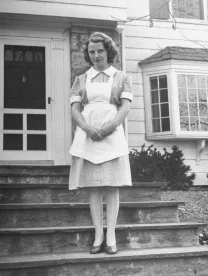The California Division of Occupational Safety and Health (Cal/OSHA) has created new rules intended to protect hotel housekeepers. These new rules are contained in the newly-created Section 3345 in Title 8 of the California Code of Regulations and are intended to decrease the risk of musculoskeletal injuries and disorders to housekeepers in hotels and other lodging establishments.
These rules aim to reduce repetitive strain injuries, sprains, and muscle tears from performing housekeeping tasks including, but not limited to, the following: “(1) sweeping, dusting, scrubbing, mopping and polishing of floors, tubs, showers, sinks, mirrors, walls, fixtures, and other surfaces; (2) making beds; (3) vacuuming; (4) loading, unloading, pushing, and pulling linen carts; (5) removing and supplying linen and other supplies in the rooms; (6) collecting and disposing of trash; and (7) moving furniture.”
The rules would apply to “lodging establishments,” which are defined as establishments that contain “sleeping room accommodations that are rented or otherwise provided to the public, such as hotels, motels, resorts, and bed and breakfast inns.” Hospitals, nursing homes, residential retirement communities, prisons, jails, homeless shelters, boarding schools, and worker housing are excluded from the definition.
In order to comply with this new section, employers will be required to establish, implement, and maintain an effective musculoskeletal injury prevention program (MIPP) that addresses hazards specific to housekeeping. Significantly, employers will be required to perform a worksite evaluation as part of the process of establishing a MIPP. The worksite evaluation “shall identify and address potential injury risks to housekeepers including, but not limited to: (1) slips, trips and falls; (2) prolonged or awkward static postures; (3) extreme reaches and repetitive reaches above shoulder height[;] (4) lifting or forceful whole body or hand exertions; (5) torso bending, twisting, kneeling, and squatting; (6) pushing and pulling; (7) falling and striking objects; (8) pressure points where a part of the body presses against an object or surface; (9) excessive work-rate; and (10) inadequate recovery time between housekeeping tasks.”



 />i
/>i

